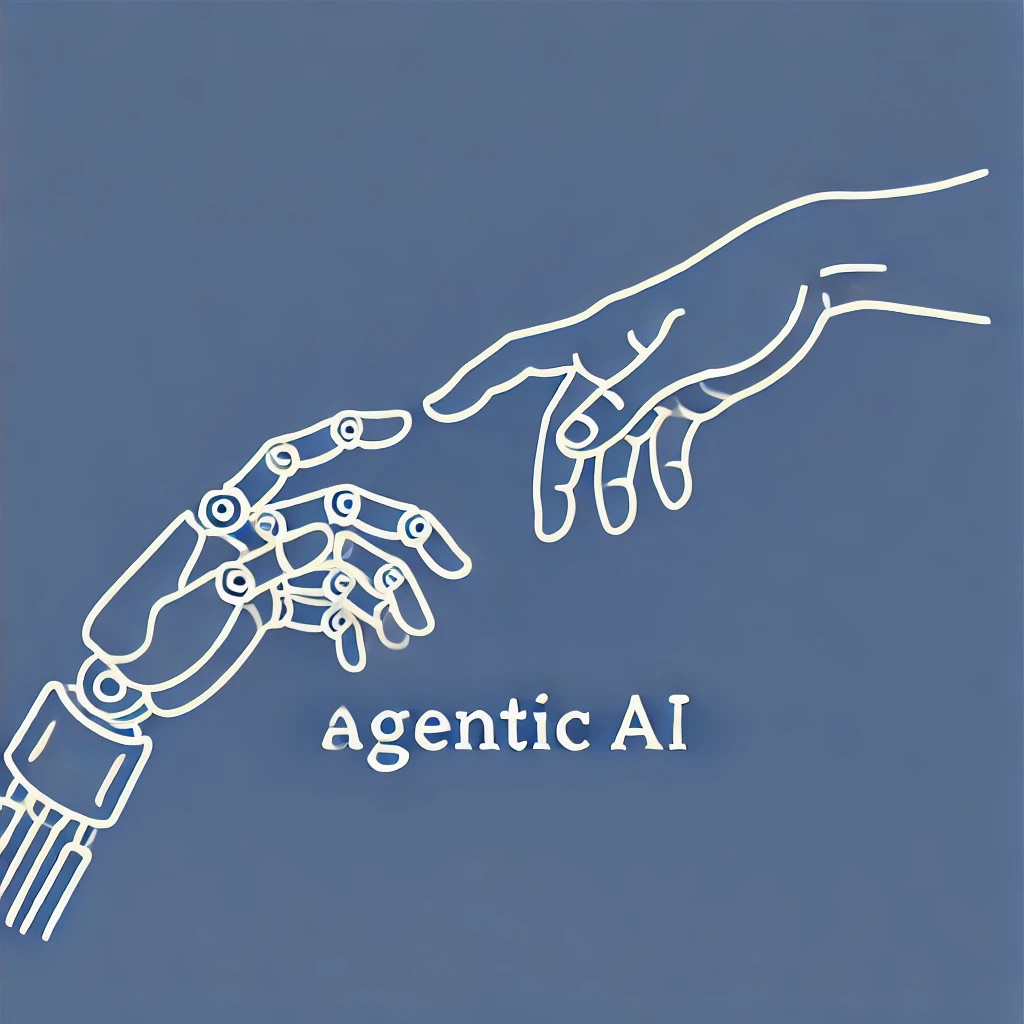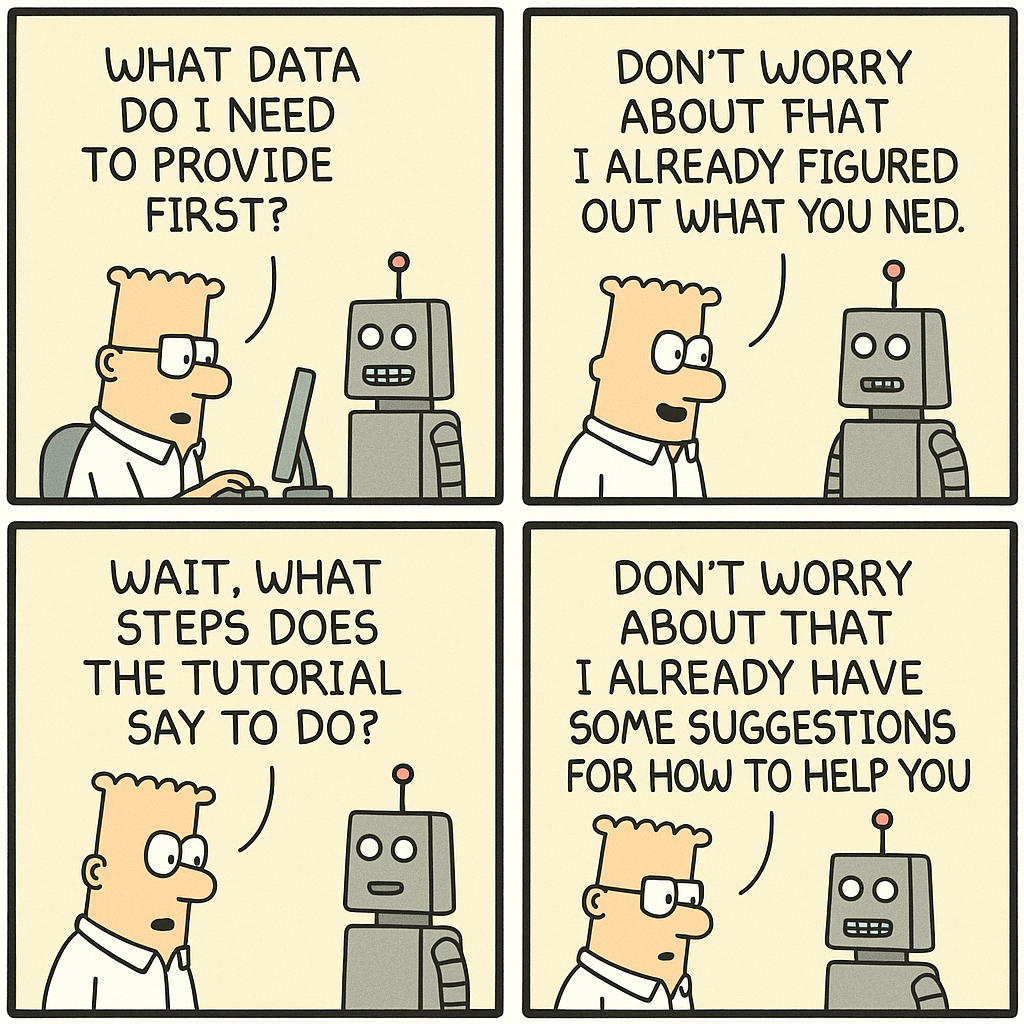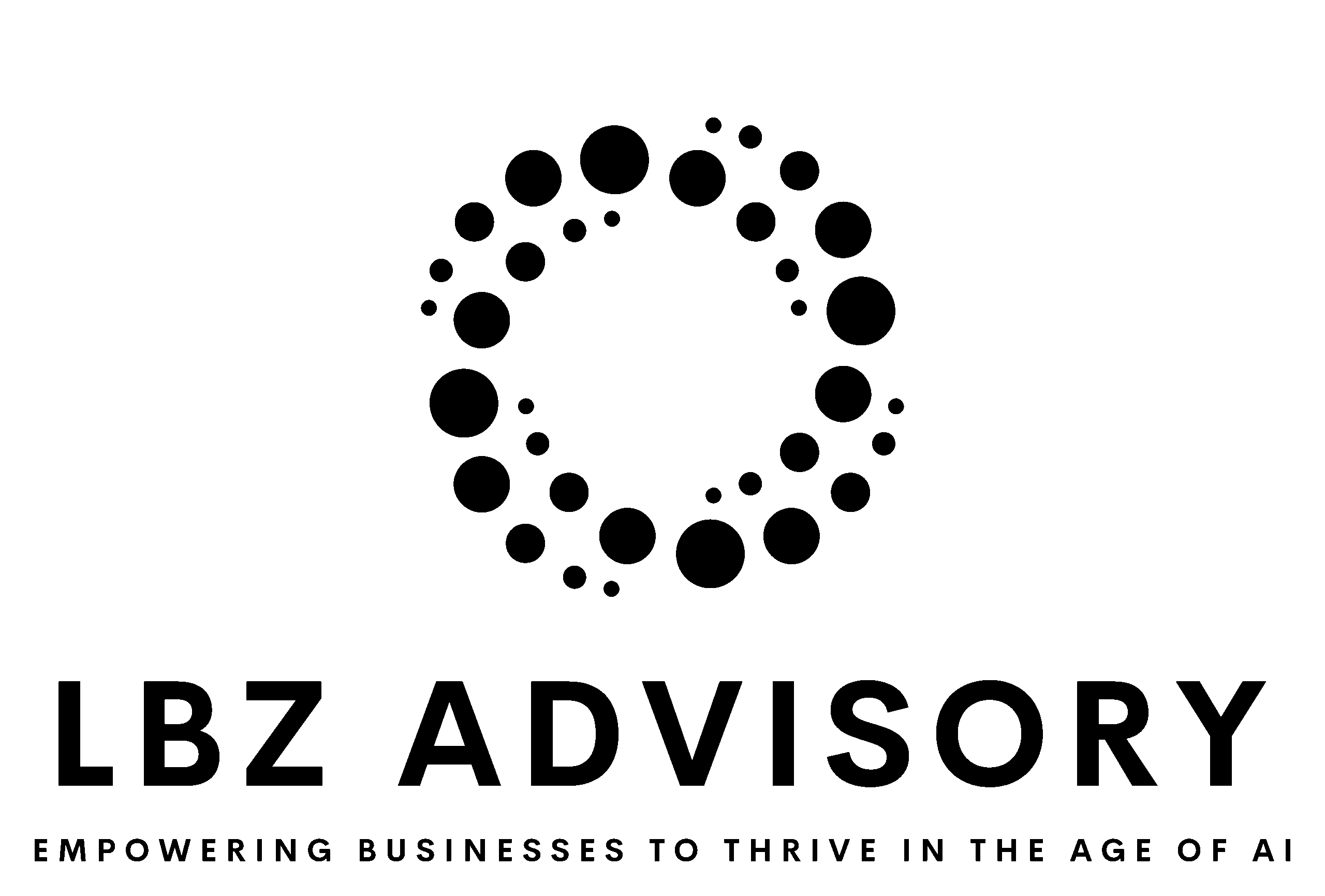Agentic AI promises to revolutionize how companies operate. But what exactly is it, and why should business leaders care? This blog aims to demystify agentic AI, explore its practical applications, and highlight the startups leading the charge in this exciting field.
What is Agentic AI?
Agentic AI refers to artificial intelligence systems designed to operate autonomously, making decisions and taking actions to achieve specific goals without constant human oversight. These systems combine several key components:
1. Reinforcement Learning: Allows the AI to learn from its interactions with the environment.
2. Multi-Agent Systems: Enables coordination and competition between multiple AI agents.
3. Goal-Oriented Planning: Helps the AI formulate and execute plans to achieve defined objectives.
4. Adaptive Decision-Making: Allows the AI to adjust its strategies based on new information and changing circumstances.
Agentic AI systems can learn from their environment, adapt their behavior, and act independently to optimize outcomes. This goes beyond simple automation, as these systems can handle complex, dynamic situations and make nuanced decisions in pursuit of their goals.
How Is It Different from other AI?
To grasp the significance of agentic AI, we need to understand how it relates to and differs from other AI paradigms:
1. Traditional AI: These are rule-based systems, often narrow in scope and designed for specific tasks. While they can make decisions based on predefined rules, they lack the adaptability of agentic AI.
2. Machine Learning: This approach uses data-driven pattern recognition and prediction. Machine learning is a crucial component of agentic AI, providing the basis for learning and adaptation.
3. Generative AI: These models create content based on patterns in training data. While impressive, they typically don’t have goal-directed behavior or decision-making capabilities.
4. Agentic AI: This paradigm integrates aspects of all the above, adding goal-oriented behavior, autonomous decision-making, and the ability to interact with and learn from complex environments. Agentic AI systems can formulate plans, adapt to new situations, and make decisions to achieve specific objectives.
It’s important to note that these categories are not mutually exclusive. Agentic AI often incorporates elements of traditional AI, machine learning, and even generative AI to create more sophisticated, autonomous systems.
Why Should Business Leaders Care?
The potential of agentic AI to transform businesses is profound:
1. Resource Optimization: By automating not just routine tasks but also complex decision-making processes, agentic AI frees up human resources for more creative and strategic work.
2. Agility and Responsiveness: AI-driven decisions can be implemented faster than those made by humans, leading to more agile business operations.
3. Data-Driven Strategy: Agentic AI can process and analyze vast amounts of data in real-time, leading to more informed and timely strategic decisions.
4. Competitive Advantage: Early adopters of agentic AI can gain a significant edge in efficiency, innovation, and market responsiveness.
Imagine a system that not only automates routine tasks but also makes strategic decisions based on real-time data. This level of autonomy can free up human resources, allowing employees to focus on more complex and creative tasks. It can also lead to more agile and responsive business operations, as AI-driven decisions can be implemented faster than those made by humans.
Real-World Applications of Agentic AI
Agentic AI is already driving significant value across various industries. Here are some compelling examples:
1. Autonomous Vehicles:
– Use Case: Self-driving cars and trucks
– Example: Waymo’s autonomous vehicles
– Impact: These vehicles make real-time decisions based on complex environmental data, demonstrating goal-directed behavior and adaptation to unpredictable situations.
2. Robotics in Manufacturing:
– Use Case: Adaptive robotic systems in factories
– Example: FANUC’s FIELD system with AI feedback
– Impact: Robots can autonomously adjust their actions based on real-time data, optimizing production processes and adapting to changes without human intervention.
3. Algorithmic Trading:
– Use Case: Autonomous trading systems
– Example: Two Sigma’s AI-driven trading algorithms
– Impact: These systems analyze market data, make trading decisions, and adjust strategies in real-time, demonstrating goal-oriented behavior in a complex, dynamic environment.
4. Smart Grid Management:
– Use Case: Autonomous energy distribution
– Example: Google DeepMind’s AI system for data center cooling
– Impact: The system makes autonomous decisions to optimize energy usage, adapting to changing conditions and balancing multiple objectives (energy efficiency, equipment lifespan, etc.).
5. Precision Agriculture:
– Use Case: Autonomous farming systems
– Example: John Deere’s autonomous tractors
– Impact: These systems can navigate fields, make decisions about planting, fertilizing, and harvesting based on real-time data and long-term goals.
6. Logistics and Supply Chain:
– Use Case: Autonomous warehouse management
– Example: Amazon’s Kiva robots and AI-driven inventory management
– Impact: The system autonomously optimizes warehouse operations, making decisions about inventory placement, order fulfillment, and resource allocation.
7. Cybersecurity:
– Use Case: Autonomous threat detection and response
– Example: Darktrace’s Enterprise Immune System
– Impact: This AI system autonomously detects, investigates, and responds to cyber threats in real-time, adapting to new types of attacks.
Startups Leading the Charge
Several startups are at the forefront of agentic AI, pushing the boundaries of what’s possible and demonstrating its potential across different industries.
1.Wayve
- What They Do: Wayve is a startup focused on developing autonomous driving technology. Their approach emphasizes end-to-end deep learning, allowing vehicles to learn driving skills and adapt to new environments autonomously, rather than relying heavily on pre-programmed rules or extensive sensor infrastructure.
- Why They Stand Out: Wayve’s focus on adaptability and learning within the context of autonomous vehicles is a clear example of agentic AI in action, where the system must operate autonomously in complex, real-world scenarios.
2. Pathmind
- What They Do: Pathmind is focused on applying reinforcement learning to industrial simulations. They develop AI that can optimize complex processes in manufacturing, supply chain management, and other industrial settings, learning and adapting autonomously to optimize outcomes.
- Why They Stand Out: Their application of agentic AI principles to industrial use cases demonstrates the potential for these technologies to revolutionize traditional industries through increased automation and optimization.
3. Nuro
- What They Do: Nuro specializes in developing autonomous delivery vehicles. These vehicles operate independently in real-world environments, making real-time decisions to navigate streets and deliver goods with minimal human oversight.
- Why They Stand Out: Nuro’s focus on real-world deployment of autonomous systems highlights their contributions to agentic AI, particularly in the logistics and delivery sector.
4. iRobot (Root AI)
- What They Do: iRobot, through its acquisition of Root AI, is working on developing autonomous robots for agriculture. These robots are designed to navigate complex environments like farms, where they can autonomously manage tasks like harvesting crops, monitoring plant health, and adapting to changing conditions.
- Why They Stand Out: Their focus on autonomous agricultural robots demonstrates the potential of agentic AI to transform industries that require real-time adaptation to dynamic environments.
5. Cruise
- What They Do: Cruise, a subsidiary of General Motors, is focused on building fully autonomous vehicles for urban environments. Their technology enables vehicles to navigate complex city streets with minimal human intervention.
- Why They Stand Out: Cruise’s work in autonomous driving represents a significant step towards more widespread adoption of agentic AI in real-world scenarios.
6.Vicarious (acquired by Alphabet//Intrinsic)
- What they do : Vicarious was a startup focused on developing AI that mimics human cognitive abilities, particularly in robotics. Their technology aimed to create systems that could perceive, learn, and adapt like humans, which is particularly relevant in environments such as warehouses and manufacturing plants. This aligns closely with the principles of agentic AI, where the system must operate autonomously in unpredictable environments.
- Why they stage out :Vicarious was acquired by Google’s Intrinsic, a company within Alphabet that specializes in industrial robotics and AI. This acquisition marks a strategic move to integrate Vicarious’s advanced AI capabilities into Intrinsic’s broader mission of making industrial robotics more accessible and capable. The acquisition suggests a strong validation of Vicarious’s technology, particularly its potential to transform industrial automation through more intelligent, adaptable robots.
What Makes These Startups Successful?
The success of these startups isn’t just about cutting-edge technology. It’s about understanding the specific needs of their target industries and creating AI systems that can solve real-world problems. Here’s what sets them apart:
- Focus on High-Impact Use Cases: These companies are not just building AI for AI’s sake. They are laser-focused on applications where agentic AI can make a significant difference, whether it’s reducing operational costs, improving decision-making, or creating new revenue streams.
- Scalability: A successful agentic AI system must be scalable. The startups leading in this space are building systems that can be easily integrated into existing business processes and scaled across different parts of the organization.
- User-Centric Design: Even the most autonomous AI systems need to work within the context of human operations. Successful startups understand this and design their AI systems to be intuitive, with user-friendly interfaces and clear decision-making processes.
Technical Foundations of Agentic AI
To truly understand agentic AI, it’s crucial to grasp its technical underpinnings:
1. Reinforcement Learning (RL): At the core of many agentic AI systems, RL allows agents to learn optimal behaviors through trial and error. Advanced techniques like Deep RL combine neural networks with RL principles to handle complex state spaces.
2. Multi-Agent Systems: These frameworks enable multiple AI agents to interact, cooperate, or compete. This is crucial for simulating complex environments and developing AIs that can operate in real-world scenarios with multiple actors.
3. Planning and Decision-Making Algorithms: Agentic AI often employs sophisticated planning algorithms like Monte Carlo Tree Search or hierarchical planning methods to formulate and execute long-term strategies.
4. Transfer Learning: This technique allows agentic AI to apply knowledge gained in one domain to new, related domains, enhancing adaptability and efficiency.
5. Meta-Learning: Also known as “learning to learn,” this approach enables AI agents to improve their learning algorithms over time, becoming more efficient at acquiring new skills or adapting to new environments.
6. Explainable AI (XAI): As agentic AI systems become more complex, incorporating XAI techniques becomes crucial for understanding and trusting their decision-making processes.
Understanding these technical foundations is key for business leaders considering the implementation of agentic AI, as it informs the capabilities, limitations, and potential applications of these systems.
Challenges in Implementing Agentic AI
While the potential of agentic AI is immense, it’s crucial for business leaders to understand the significant challenges involved in its development and deployment:
1. Complexity and Unpredictability: Agentic AI systems can become extremely complex, making their behavior difficult to predict or control, especially in novel situations.
2. Data Requirements: These systems often require vast amounts of diverse, high-quality data for training, which can be challenging and costly to obtain.
3. Computational Resources: Training and running sophisticated agentic AI models typically demands significant computational power, potentially requiring substantial infrastructure investments.
4. Integration with Existing Systems: Incorporating agentic AI into established business processes and legacy systems can be technically challenging and disruptive.
5. Safety and Reliability: Ensuring that agentic AI systems consistently make safe and reliable decisions, especially in critical applications, remains a significant challenge.
6. Explainability and Transparency: As these systems become more complex, understanding and explaining their decision-making processes becomes increasingly difficult, which can be problematic in regulated industries or when transparency is required.
7. Ethical Considerations: Agentic AI raises numerous ethical questions, from privacy concerns to the potential for unintended consequences of autonomous decision-making.
8. Skill Gap: There’s currently a shortage of professionals with the specialized skills needed to develop, implement, and manage agentic AI systems effectively.
9. Regulatory Uncertainty: The regulatory landscape for agentic AI is still evolving, creating uncertainty and potential compliance challenges for businesses.
10. Return on Investment: Given the significant investment required, demonstrating and realizing ROI from agentic AI projects can be challenging, especially in the short term.
Addressing these challenges requires a strategic approach, combining technical expertise, careful planning, and a commitment to responsible AI development and deployment. Business leaders must weigh these challenges against the potential benefits when considering agentic AI implementations.
Critical Perspectives on Agentic AI
While the potential benefits of agentic AI are significant, it’s crucial to consider some critical perspectives:
1. Overreliance on AI Decision-Making: There’s a risk that businesses might become overly dependent on AI systems, potentially leading to a loss of human expertise and intuition in decision-making processes.
2. Job Displacement: As agentic AI systems become more capable, they may replace human workers in various roles, potentially leading to significant workforce disruptions.
3. Bias and Fairness: Agentic AI systems can inadvertently perpetuate or amplify existing biases present in their training data or design, leading to unfair or discriminatory outcomes.
4. Security Vulnerabilities: Autonomous AI systems could be targets for cyberattacks, potentially leading to severe consequences if compromised.
5. Lack of Contextual Understanding: Despite their sophistication, agentic AI systems may struggle with nuanced, context-dependent decisions that humans handle intuitively.
6. Accountability Issues: When AI systems make autonomous decisions, it can be challenging to determine responsibility for errors or negative outcomes.
7. Privacy Concerns: The data requirements for training and operating agentic AI systems raise significant privacy concerns, especially when dealing with sensitive information.
8. Environmental Impact: The computational resources required for large-scale AI systems can have a substantial environmental footprint.
9. Technological Dependence: Widespread adoption of agentic AI could lead to increased technological dependence, potentially making organizations vulnerable to system failures or disruptions.
10. Ethical Dilemmas: Autonomous AI systems may face complex ethical decisions, raising questions about how to effectively encode human values and ethical principles into AI decision-making processes.
Balancing these concerns with the potential benefits of agentic AI is crucial for responsible and effective implementation. Business leaders should carefully consider these critical perspectives when evaluating agentic AI solutions.
Navigating the Evolving Regulatory Landscape
As agentic AI systems become more prevalent in business operations, the regulatory environment is rapidly evolving. Business leaders must stay informed about current and upcoming regulations to ensure compliance and mitigate risks:
1. AI-Specific Legislation: Jurisdictions worldwide are developing AI-focused regulations. The European Union’s proposed AI Act, for instance, aims to categorize AI systems based on risk levels and impose corresponding requirements. This could set a global precedent for AI governance.
2. Data Protection and Privacy: Regulations like GDPR in the EU and CCPA in California have significant implications for AI systems processing personal data. Agentic AI must be designed with “privacy by design” principles, ensuring data minimization and purpose limitation.
3. Algorithmic Transparency and Explainability: There’s growing pressure for AI systems to be explainable, especially in high-stakes domains like finance or healthcare. Some jurisdictions are considering or have implemented “right to explanation” laws for AI-driven decisions.
4. Fairness and Non-Discrimination: Regulators are increasingly focused on preventing algorithmic bias. Businesses may be required to conduct regular audits of their AI systems for potential discriminatory outcomes and take corrective actions.
5. Accountability and Liability: As AI systems become more autonomous, questions of liability for AI-driven decisions are coming to the forefront. Some jurisdictions are considering new liability frameworks specifically for AI, which could shift traditional notions of corporate responsibility.
6. Sector-Specific Regulations: Industries like finance (e.g., algorithmic trading regulations), healthcare (e.g., FDA guidelines on AI/ML in medical devices), and transportation (e.g., autonomous vehicle regulations) have additional regulatory requirements that affect AI deployment.
7. Cross-Border Data Flows and AI: The global nature of AI development and deployment raises complex issues around cross-border data transfers and the extraterritorial application of AI regulations.
8. Ethical AI Guidelines: While not always legally binding, many countries and organizations have published ethical AI guidelines. These often serve as precursors to formal regulations and can influence public perception and customer expectations.
9. Cybersecurity and AI: As AI systems become critical to business operations, they increasingly fall under cybersecurity regulations. This includes requirements for robust security measures, incident reporting, and resilience testing.
10. Intellectual Property in AI: The use of training data and the outputs of AI systems raise complex IP questions. Regulations around AI-generated content, training data usage rights, and AI-related patents are still evolving in many jurisdictions.
To successfully implement agentic AI, businesses should:
– Establish a cross-functional team to monitor regulatory developments and assess their impact on AI initiatives.
– Implement a robust governance framework for AI development and deployment, emphasizing compliance, ethics, and risk management.
– Engage proactively with regulators and industry bodies to stay ahead of regulatory trends and contribute to the development of balanced, innovation-friendly regulations.
– Invest in technical solutions for regulatory compliance, such as tools for AI explainability, bias detection, and privacy-preserving machine learning.
By staying abreast of this dynamic regulatory landscape and implementing proactive compliance strategies, businesses can navigate the complexities of agentic AI deployment while building trust with customers, employees, and regulators.
Take Aways
As we look to the future, the potential of agentic AI is vast. We’re only scratching the surface of what these systems can do. However, with great power comes great responsibility. As businesses begin to integrate agentic AI into their operations, it’s crucial to consider the ethical implications, ensure transparency in decision-making, and establish robust governance frameworks.
For business leaders, the message is clear: agentic AI is not a distant future—it’s here today, and it’s transforming industries. Those who embrace this technology early will have a significant advantage, able to operate more efficiently, make better decisions, and innovate faster than their competitors.
The time to explore agentic AI is now. Start with small pilot projects, see how agentic AI can fit into your strategic goals, and prepare your organization for the future of autonomous decision-making. The companies that do so will be the ones leading the next wave of innovation and growth.
















